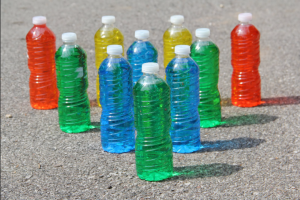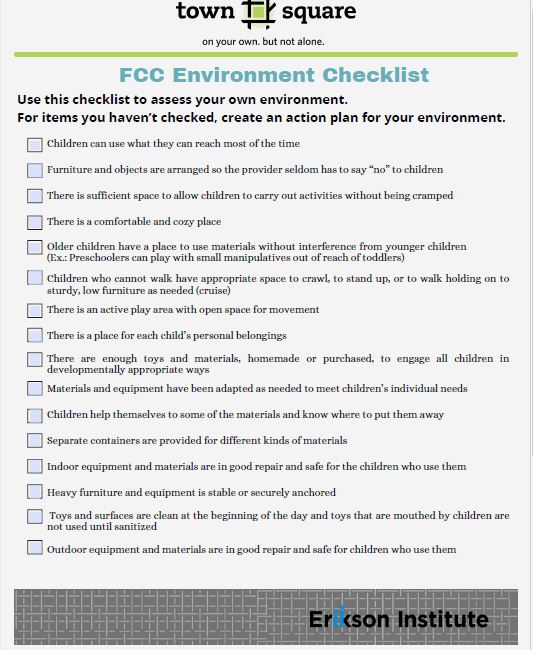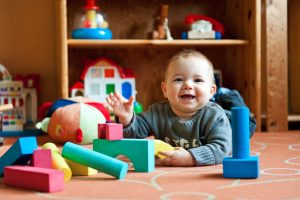Image From Analyzing Childrens Art, Rhoda Kellogg, p. 49
When very young children are presented with art materials, whether fingerpaint or crayons, their first instinct is to “scribble.” Often, adults see this scribbling as meaningless until children begin to label their drawings. These early scribbles, though, are as important for their own sake as they are to children’s later development of hand-eye coordination and fine motor skills, as well as the abstract representation they will need to use to understanding reading and writing.
When children scribble, they get the proprioceptive feedback from the tool in their hands (or, in the case of fingerpaint, the hands themselves) and learn how to track and plan the movements of their arms, elbows, wrists, hands, and fingers. Rather than being inferior to identifiable or named drawings, scribbling is a way for children to experiment with their influence on their surroundings.
Scribbling is also joyful and enjoyable! Children are learning about aesthetics and what looks good to them. They might tell stories or name the scribble to represent an idea or person, or they may be interested for just as long as it takes to make the marks on the paper.
A space to scribble can be simple with just crayons and paper available on a shelf children can access. Outdoors, chalk is a classic, and the large size presents both an interesting challenge and enticing opportunity to cover a much bigger surface than most children can indoors.
For Reflection:
What opportunities do very young children have to scribble in your program? What materials can they use?
How do you respond to children’s scribbles? Do you display them?
As an early care and education provider, you play a critical role in the health and wellbeing of children. You are also very well positioned to help identify children who might need extra help in their development. This FREE, online training course, Watch Me! Celebrating Milestones and Sharing Concerns, helps you fulfill this role by providing tools and best practices for monitoring the development of children in your care and talking about it with their parents.
This 1-hour, 4-module course focuses on:
- Why monitoring children’s development is important
- Why you have a unique and important role in developmental monitoring
- How to easily monitor each child’s developmental milestones
- How to talk with parents about their child’s development
Click the link to start the class: Watch Me! Celebrating Milestones and Sharing Concerns | CDC
Make your own game of bowling using recycled 1 or 2 liter bottles. make them fun by decorating them with colorful masking tape. Helpful tip, seal the top on with a glue gun so the bottles do not crush easily. Use any ball to knock down the pins.
Goal: Children will develop large motor skills and hand-eye coordination with this activity.
As you think about your environment, you may find this checklist useful for self-assessing quality in your environment and making an improvement plan. The checklist is based on the NAFCC Accreditation Observation Checklist.
Webinar recording put together by the National Center for Early Childhood Health and Wellness, sharing tips and strategies on ways to support children’s physical development by providing them with fun movement opportunities in a mixed age group setting.
Best for infants around 1 mo. Infant should be lying in front of you. Hold your index fingers up to the infants fingers touch gently until they grasps each finger firmly. Gently pull baby forward and watch baby hold on tight, straighten arms and begin to sit forward. Smile and say things like, “look how strong you are”!
Goal: Supports the development of muscle and vision as baby focuses on your voice and face while using their arm and hand muscles.
Let children use blocks (cardboard or soft blocks work well), pillows/cushions, and even furniture to set up an obstacle course where they can climb, crawl under, and move in various ways to make their way through. This is also something that can be set up outside with natural landscape features, using chalk on sidewalk to mark areas, or even with riding toys as part of the course.
Goal: Children will work collaboratively to set up and run through an obstacle course.
Encourage children to name animals and then move their body like that animal. They can incorporate sounds as well. You might even make an ‘animal parade’. Talk about the different ways they move their bodies to look like the animal and name the body parts they use. (The book From Head to Toe by Eric Carle is a great resource for this activity).
Goal: Expand children’s vocabulary related to body parts and animal names and move in a variety of ways.
Lie the infant on their tummy on a blanket and sit in front of them. Show the infant a stuffed animal, ball or other toy that rolls encourage baby to reach for toy.
Goal:This activity exercises and strengthens baby’s arms, legs and stomach muscles. It also encourages scooting and crawling.
Sit at a table, hold the baby in your arms in front of you, resting your elbows on the table. Tilt baby up at an angle so you are face to face with the baby. Gently, slowly rock and sing or hum to get babies attention. When baby is looking at you, speak to baby looking straight into baby’s eyes. Gently lower baby on his/her back and repeat.
Goal: Babies focus on the face and voice and build their neck muscles, which helps them hold their head up.




